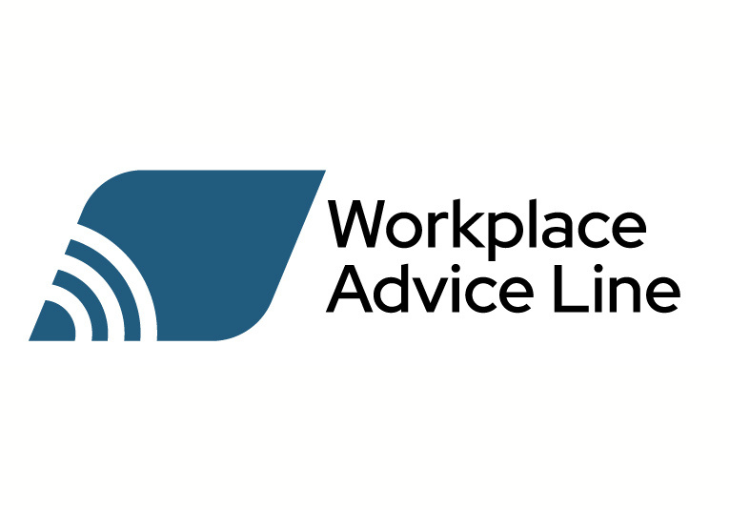
Changes to operation of exceptions applying to fixed term contracts from 1 November 2025
From 1 November 2025, several industries will be affected by changes to exceptions applicable to the prohibition on fixed term contracting under the Fair Work Act 2009.










